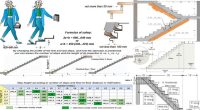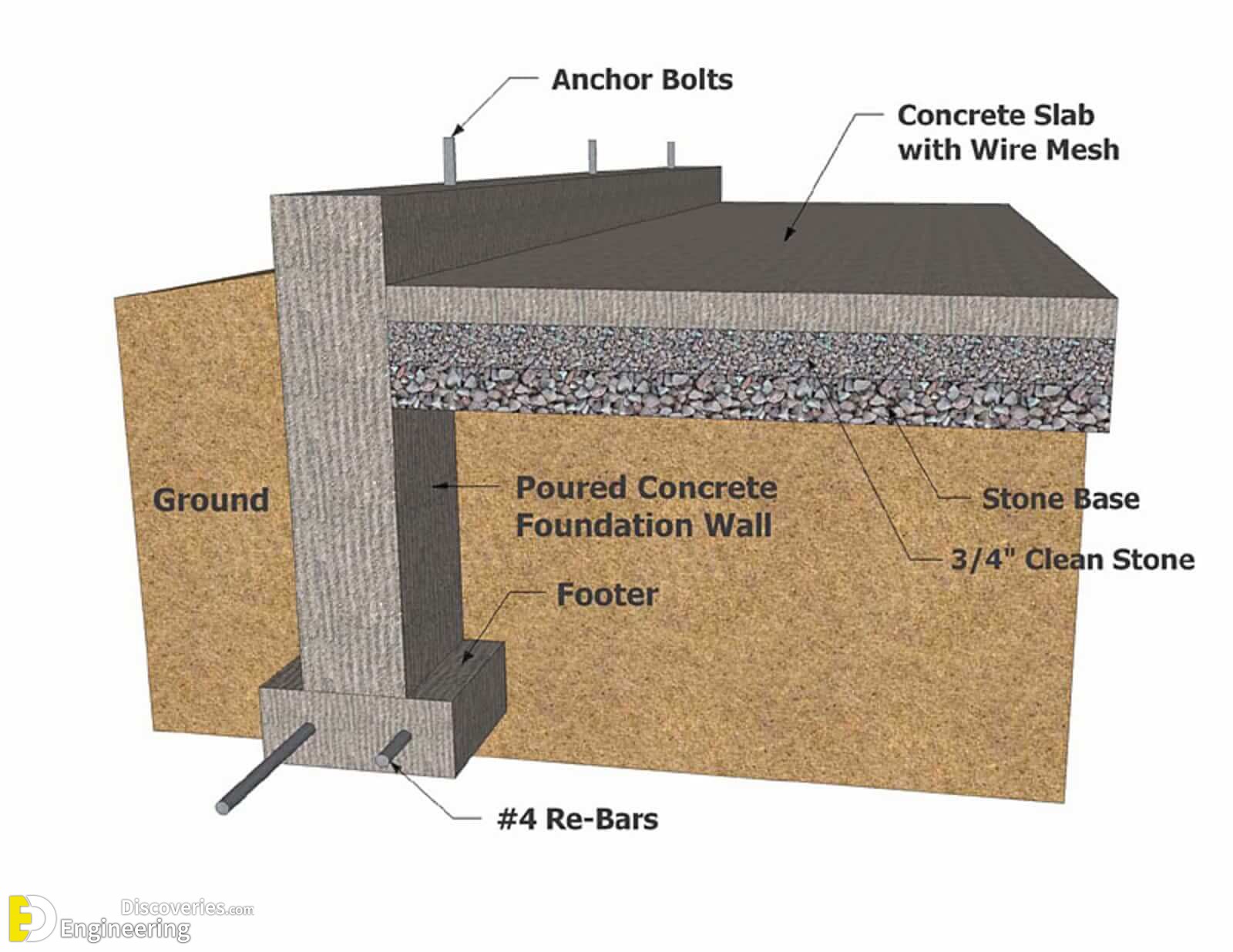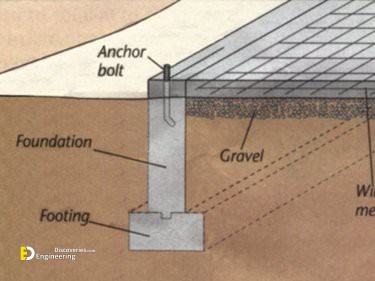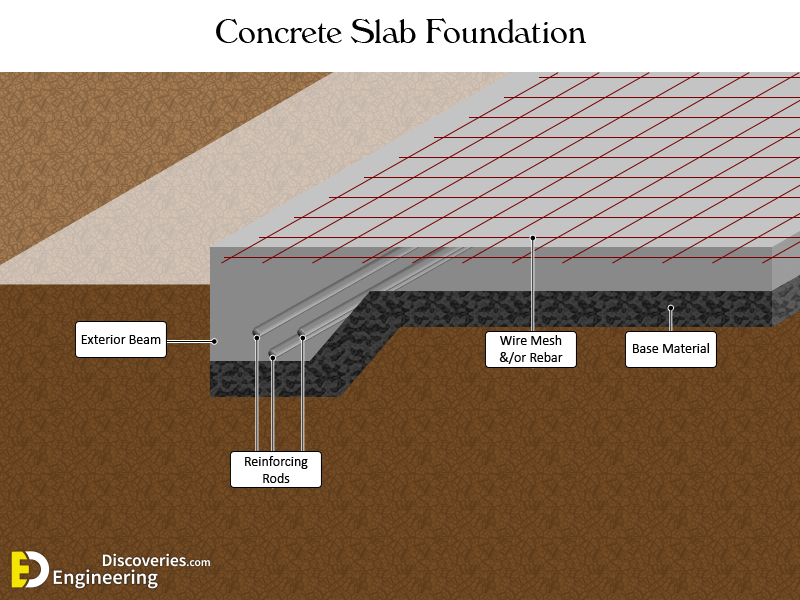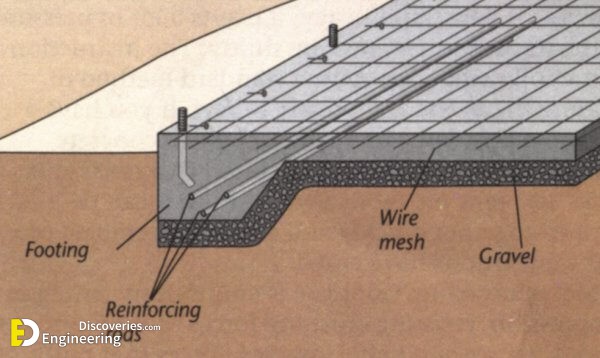The foundation of a house or other building is the most important part of the entire construction. It assures that the structure has integrity and that the building is protected from annual freeze and thaw cycles. Concrete foundation services use three main types of foundations and each has its own distinct advantages for builders and homeowners.
1- T-Shaped
This type of concrete foundation is one of the most common types of foundations used in home construction and other structures. However, they are most often used under structures in areas where the ground freezes during the winter. It gets its name from the shape of the footing, which looks like an upside down “T”.
The footing is placed below the frost line and the walls are constructed and poured on top. The slab is then poured between the walls. This type of foundation is beneficial because it gives the structure a more secure footing due to the width. It is also one of the most expensive types of foundations since it requires three separate pours to finish the job.
In summary
1- T-shaped foundations are used in areas where the ground freezes.
2- First, the footing is placed.
3- Second, the walls are constructed and poured.
4- Lastly, the slab is placed.
2- Slab-on-grade foundation
As the name suggests, a slab is a single layer of concrete, several inches thick. The slab is poured thicker at the edges, to form an integral footing; reinforcing rods strengthen the thickened edge. The slab normally rests on a bed of crushed gravel to improve drainage. Casting a wire mesh in the concrete reduces the chance of cracking. A slab on grade is suitable in areas where the ground doesn’t freeze, but it can also be adapted with insulation to prevent it from being affected by the frost heaves.
In summary
1- Slab on grade used in areas where ground does not freeze.
2- The edges of the slab-on-grade are thicker than the interior of the slab.
3- The slab-on-grade is monolithic (poured all at one time).
3- Frost Protected
This method only works with a heated structure. It relies on the use of two sheets of rigid, polystyrene insulation—one on the outside of the foundation wall and the other laid flat on a bed of gravel at the base of the wall—to prevent freezing, which is a problem with slab-on grade foundations in areas with frost. The insulation holds heat from the structure in the ground under the footings and prevents heat loss from the edge of the slab. This heat keeps the ground temperature around the footings above freezing.
In summary
1- Only works with a heated structure.
2- Has the benefits of a the slab-on-grade method (concrete poured monolithically) in areas subject to frost.
3- Concrete is poured in one operation, versus 3 pours required for T-shaped foundations.
